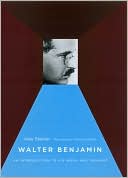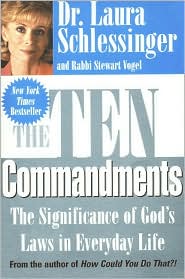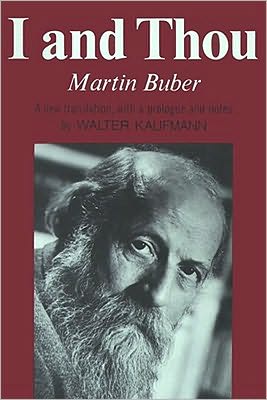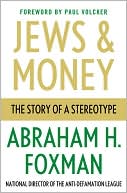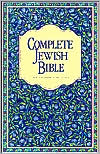Walter Benjamin: An Introduction to His Work and Thought
Seven decades after his death, German Jewish writer, philosopher, and literary critic Walter Benjamin (1892–1940) continues to fascinate and influence. Here Uwe Steiner offers a comprehensive and sophisticated introduction to the oeuvre of this intriguing theorist. Acknowledged only by a small circle of intellectuals during his lifetime, Benjamin is now a major figure whose work is essential to an understanding of modernity. Steiner traces the development of Benjamin’s thought...
Search in google:
Seven decades after his death, German Jewish writer, philosopher, and literary critic Walter Benjamin (1892–1940) continues to fascinate and influence. Here Uwe Steiner offers a comprehensive and sophisticated introduction to the oeuvre of this intriguing theorist.Acknowledged only by a small circle of intellectuals during his lifetime, Benjamin is now a major figure whose work is essential to an understanding of modernity. Steiner traces the development of Benjamin’s thought chronologically through his writings on philosophy, literature, history, politics, the media, art, photography, cinema, technology, and theology. Walter Benjamin reveals the essential coherence of its subject’s thinking while also analyzing the controversial or puzzling facets of Benjamin’s work. That coherence, Steiner contends, can best be appreciated by placing Benjamin in his proper context as a member of the German philosophical tradition and a participant in contemporary intellectual debates.As Benjamin’s writing attracts more and more readers in the English-speaking world, Walter Benjamin will be a valuable guide to this fascinating body of work.
Preface Translator’s Note Benjamin’s Works Cited in This Study Chapter One: Introduction 1. A Contemporary of Modernity2. Life and Works3. Companions, Influences Chapter Two: Early Writings, 1914–18 1. Apotheosis of the Mind (Geist): Beginnings inside the Youth Movement “Dialogue on Contemporary Religiosity” (1912); “The Life of Students” (1915–16)2. Life of the Work of Art “Two Poems by Friedrich Hölderlin” (1914–15); “The Idiot by Dostoevsky” (1917–21)3. Defining His Philosophical Position “On the Program of the Coming Philosophy” (1917–18)4. The Magic of LanguageLetter to Buber of July 17, 1916; “On Language as Such and on the Language of Man” (1916); “The Task of the Translator” (1921)Chapter Three: Art Criticism and Politics, 1919–25 1. Romantic Philosophy of Art and Its Contemporary Relevance The Concept of Criticism in German Romanticism (1919–20)2. Exemplary Criticism: “Goethe’s Elective Affinities” “Announcement of the Journal Angelus Novus” (1912);“Goethe’s Elective Affinities” (1921–25)3. The Problematic of Art: Criticism and Allegorical Artwork Origin of German Tragic Drama (1923–28)4. Paul Scheerbart and the Concept of the Political“Theological-political Fragment” (1920–21); “The TruePolitician” (1921–25); “Critique of Violence” (1921); “Paul Scheerbart: Lesabéndio” (1917–19) Chapter Four: Journalistic Commitment and Essayistic Work, 1925–331. Profane Illumination: Surrealism and Politics One-Way Street (1923–28); “Moscow” (1927); “Surrealism:The Last Snapshot of the German Intelligentsia” (1929)2. The “Strategist in the Literary Struggle” Reviews of Literary Scholarship (1926–31): Gundolf, Walzel,Kommerell, Ermatinger; “Politicizing the Intelligentsia”(1930–32): Reviews of Haas, Kästner, Hiller, Kracauer, Jünger3. The Task of the Critic“Collected Essays on Literature” (1929–30); “Journal Project:Krisis und Kritik” (1930); “Johann Peter Hebel” (1926); “Gottfried Keller” (1927); “Robert Walser” (1929); “Julien Green” (1929); “On the Image of Proust” (1929); “Karl Kraus” (1931); “Paul Valéry” (1931); “Bert Brecht” (1930); “What Is the Epic Theater?” (1931–39) Chapter Five: Exile Writings, 1933–39 1. The Changing Function of Art “The Present Social Situation of the French Writer” (1933–34);“The Author as Producer” (1934); “Eduard Fuchs, Collector andHistorian” (1937); “‘The Regression of Poetry’ by C. G. Jochmann” (1939)2. The Work of Art in the Age of Its Technological Reproducibility“Little History of Photography” (1931); “The Work of Art in the Age of Its Technological Reproducibility” (1935–36)3. Reinstatement of Epic Narration 126“Experience and Poverty” (1933); “The Crisis of the Novel:Döblin’s Berlin Alexanderplatz” (1930); “The Storyteller:Observations on the Works of Nikolai Leskov” (1936); “FranzKafka: Beim Bau der Chinesischen Mauer” (1931); “FranzKafka. On the Tenth Anniversary of His Death” (1934)Chapter Six: Primal History of Modernism, 1931–40 1. Berlin Childhood around 1900 “Berlin Chronicle” (1932); “Berlin Childhood around 1900”(1932–38); “Doctrine of the Similar/On the Mimetic Faculty” (1933)2. Parisian Arcades The Arcades Project (1927–1940); “Paris, the Capital of theNineteenth Century” (1935); “Paris, capitale du XIXème siècle” (1939)3. Charles Baudelaire: A Lyric Poet in the Era of High Capitalism “The Paris of the Second Empire in Baudelaire” (1938);“On Some Motifs in Baudelaire” (1939); “Central Park” (1939)4. The Concept of History “On the Concept of History” (1940); “Arcades Project: Files J and N” Chapter Seven: Posthumous Influence and Stages of Reception 1. Record of Extant Material and Editions2. Reception ChronologyNotes Select BibliographyIndex of Names
